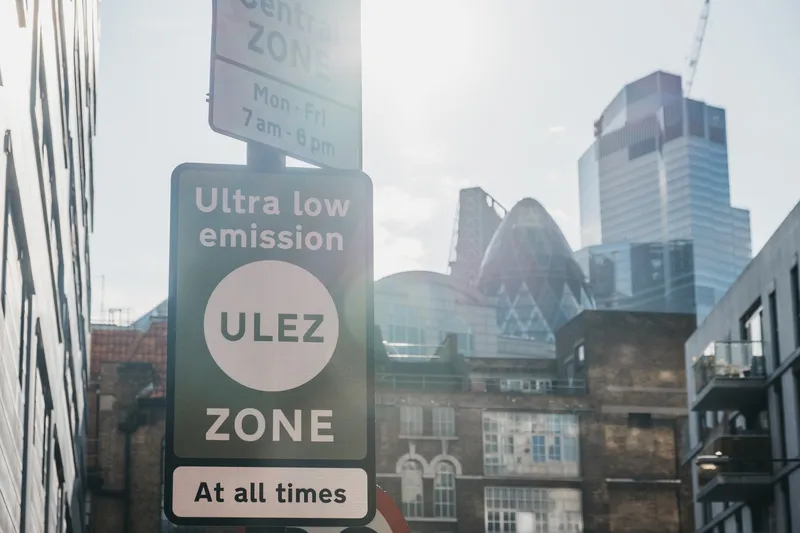
Transportation and public health are inextricably linked. The more people are encouraged to opt out of single occupancy vehicles, the healthier the overall community becomes. Sure, fewer pollutants are released into the air and commuters spend less time in traffic, but it’s the push to get people to ditch fully motorised transportation options and include walking or biking in their commute that can make a really big difference. It’s no coincidence that the rise of car culture in the U.S. coincides with the rise in obesity, diabetes and other health-related epidemics. However, results from studying the connection between progressive biking/walking policies and public health really haven’t been widely available to transportation and public health officials.
Until now
The
“We wanted to provide better tools to practitioners so they could better consider health when making transportation decisions,” says Jeffrey Paniati, executive director and CEO of ITE.
Based on the Bicycling and Walking in the United States: 2016 Benchmarking Report, the website has two goals: Firstly, to provide transportation practitioners with the tools and information they require to make the case that communities need to make greater investments in biking and walking infrastructure; secondly, it is to be able to compare walking and biking usage with other cities and states, while providing a baseline to track progress over time.
Digestible data
According to Ken McLeod, a policy director with the League of American Bicyclists, the walking and biking benchmark report has been published every two years since 2007, but the 2016 edition is the first to make the data available for analysis online. Previously, a pdf of the report was available for download, but it was a static document and the data couldn’t be broken down or compared as easily as it can be on the new website where it can also be downloaded in its raw form. A web form allows users to create and download charts and graphs from dozens of datasets that can then be used in planning reports, policy papers and websites, as long as the report is cited as the source.
The league is responsible for maintaining the website, collecting data from dozens of sources such as the National Highway Traffic Safety Administration, National Complete Streets Association (part of the Smart Growth America) and the US Bureau of Labor Statistics. The league also conducts its own surveys, the results of which are then sent to state departments of transportation and city transportation agencies.
In order to make the report as digestible as possible, the authors worked with a focus group made up of transportation practitioners who met regularly throughout the process to provide feedback on how the site was being developed. Bob Murphy of RPM Transportation Consultants sat on the committee of 12 people to help write the report which, he hoped, would disseminate information to his colleagues about what transportation practitioners around the country were doing to make their communities more bike- and pedestrian-friendly.
“The great thing about the report is that it pulls together lots of great data that hasn’t been pulled together before and presents it in an online format that can be explored and parsed and analysed for a variety of uses,” he says.
Murphy particularly thinks that the authors did an impressive job of collecting data from states and cities as well as the stories behind the data which show how particular policies relate to the data. “It’s not just tables and graphs,” he adds.
Transportation and public health
As the report grows, Murphy hopes that transportation and public health officials continue to collaborate with each other to make informed decisions that positively affect communities. As a transportation consultant that focuses on pedestrian and bicycle transportation, he expects to work more closely with health officials through conferences and webinars to push progressive transportation policies such as Complete Streets, Project Zero and other programmes.
The fact that health officials were intimately involved in creating the report is a testament to the importance the authors put on connecting transportation to the health world. Not only was American Public Health Association one of three major sponsors, the Centers for Disease Control and Prevention along with the Federal Highway Administration, provided the majority of funding.
According to Kate Robb, a policy analyst with American Public Health Association, the report provides a level of evidence that she would like to see inspire change across the country. She hopes that the data will be used by advocates to promote further research and to push for policies that promote active transportation modes.
"The website really demonstrates how different decisions and unavailability of infrastructure can affect people’s health,” she says. An important aspect of the report and website, according to Paniati and supported by McLeod, Robb and Murphy, is the fact that the report gives communities a baseline from which to track progress. Advocates can compare imp%$Image:
Essentially, the report acts as a starting point for eeffecting positive change to cities’ and states’ transportation policies.










